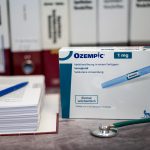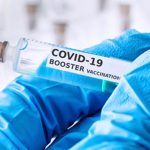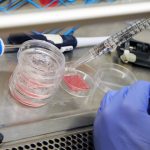
While many have raved about the powers of popular weight-loss drugs like Wegovy and Ozempic, new research confirms the medications can trigger some nasty gastrointestinal side effects. Known as GLP-1 agonists, they may increase the risk of stomach paralysis, pancreatitis and bowel obstruction, scientists found. “Although the incidence of these adverse events are relatively rare, affecting only about 1% of patients, with millions taking these medications, thousands of people are likely to be affected by these adverse events,” said lead researcher Dr. Mohit Sodhi, from the University of British Columbia in Vancouver. “Patients need to weigh the risks and benefits before taking these medications for weight loss,” he said. “We encourage patients who are interested in using these medications to have a lengthy conversation with their physician to see if this medication is appropriate for their goals and what they hope to achieve.” GLP-1 agonists were originally developed to help manage type 2 diabetes by lowering blood sugar, but they also promote weight loss and have been used off-label for more than a decade. In 2021, some forms of these drugs were approved to treat obesity. Most patients experience symptoms like constipation and nausea, so the possibility of these more serious side effects is not surprising, said Dr. Caroline Messer, an endocrinologist at Lenox Hill Hospital in New York City. Still, “patients really shouldn’t be… read on > read on >


















